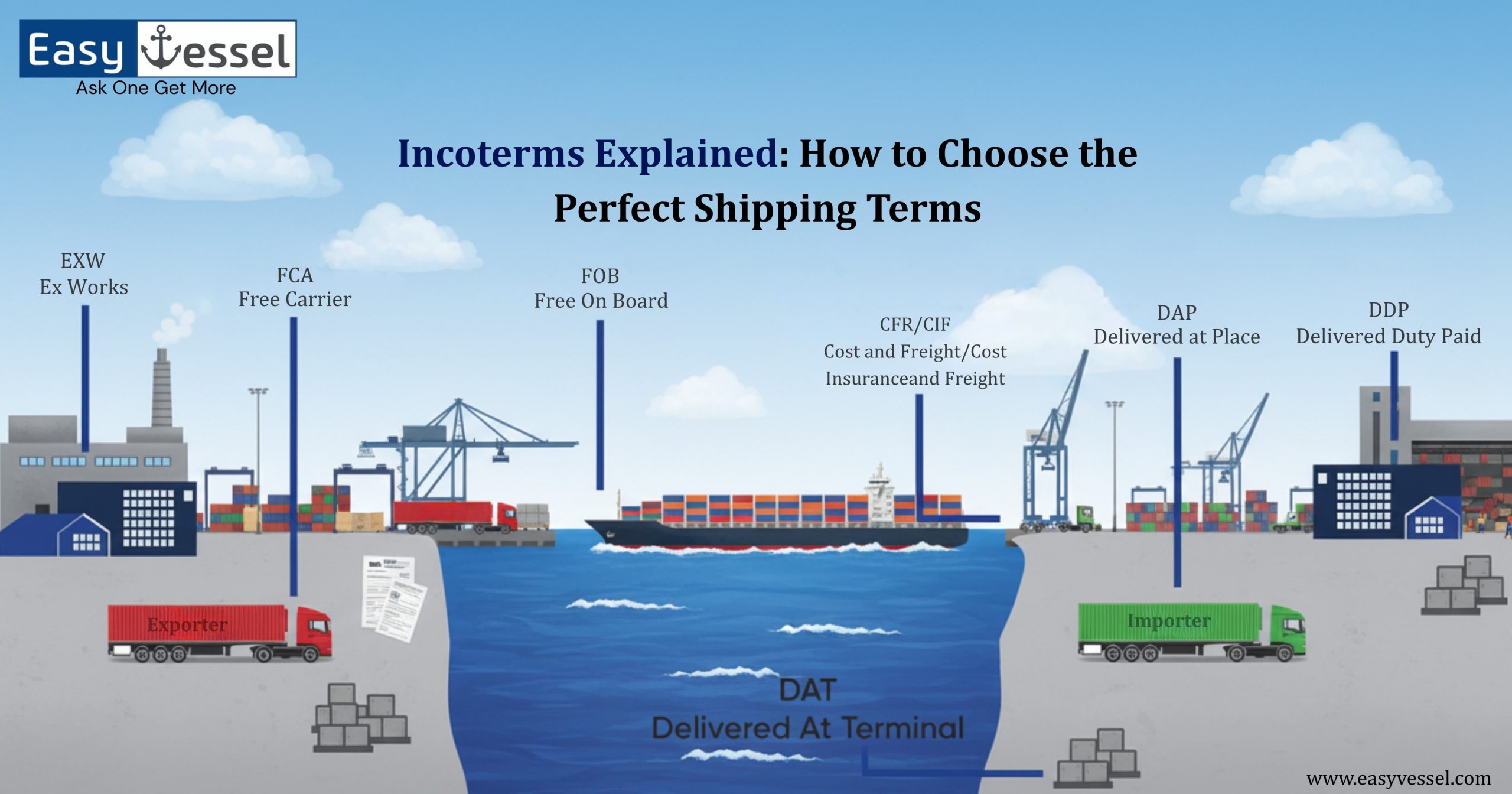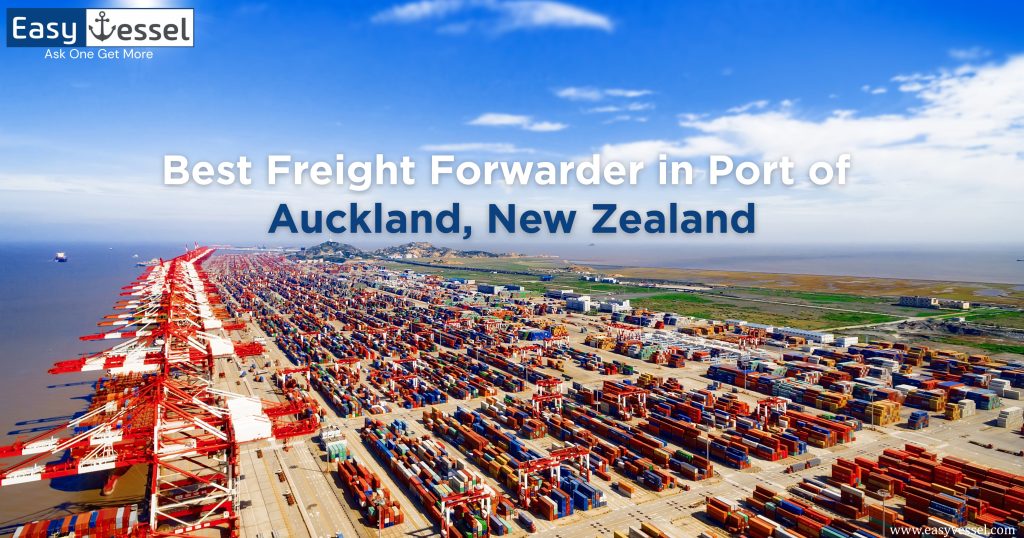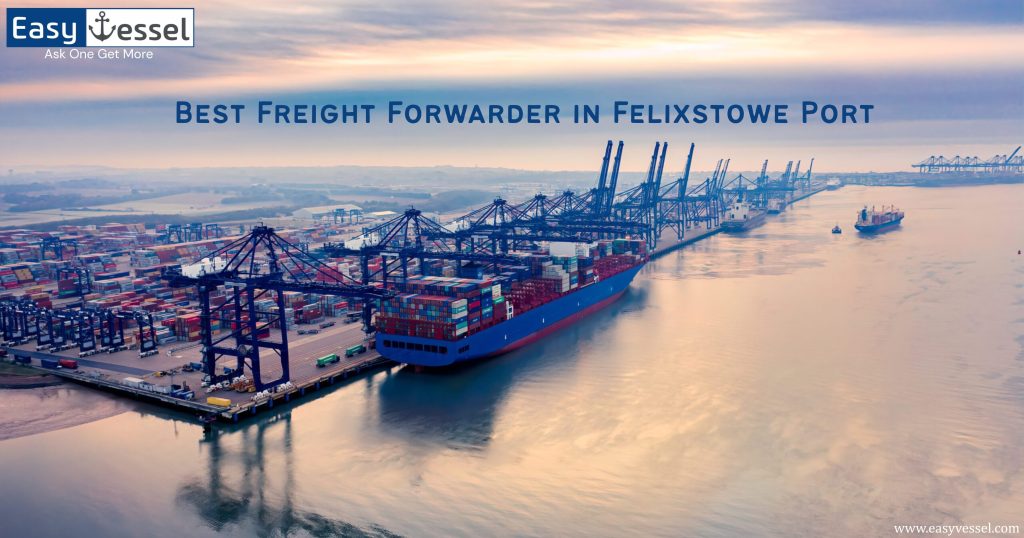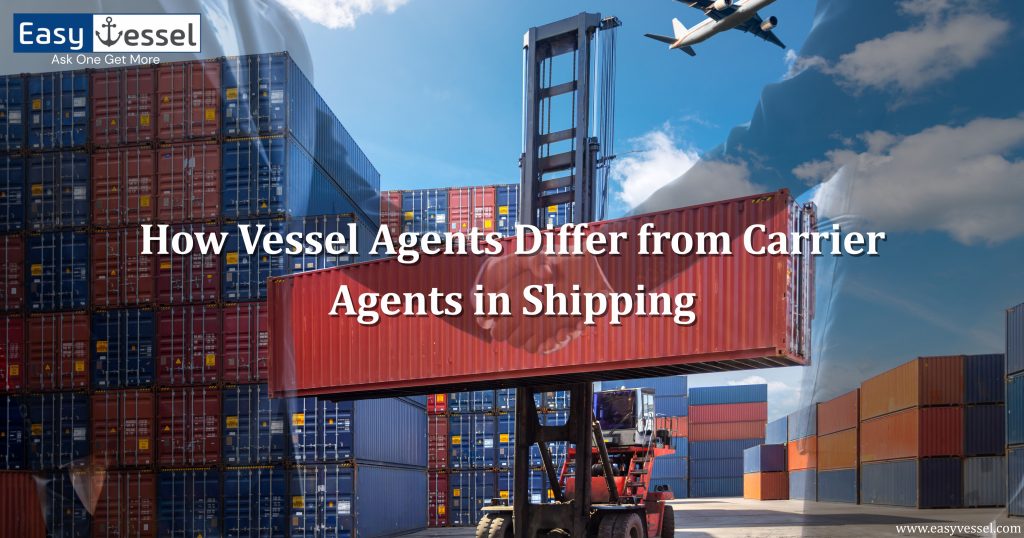In the intricate world of international trade, clarity and precision are paramount. One of the foundational elements ensuring smooth transactions between buyers and sellers across borders is the set of rules known as Incoterms. Understanding these shipping terms is crucial for businesses navigating global logistics efficiently.
What are Incoterms?
Incoterms, short for International Commercial Terms, are standardized trade terms published by the International Chamber of Commerce (ICC). They define the responsibilities of buyers and sellers in international transactions, specifying who is responsible for various aspects of the shipping process, including transportation, insurance, documentation, and customs clearance. Incoterms help prevent misunderstandings and disputes between trading partners by providing a common language for trade.
The Importance of Incoterms in Global Trade
For businesses engaged in international commerce, understanding Incoterms is not just beneficial—it’s essential. These terms delineate the division of costs, risks, and responsibilities between buyers and sellers, ensuring that both parties clearly understand their obligations. This clarity is vital for logistics providers and freight forwarders who coordinate the movement of goods across countries and continents.
Overview of Incoterms
The latest version, Incoterms 2020, comprises 11 terms, each represented by a three-letter abbreviation. These terms are categorized based on the mode of transport:
Incoterms for Any Mode of Transport:
- EXW (Ex Works): The seller makes the goods available at their premises. The buyer bears all costs and risks in transporting the goods to the destination.
- FCA (Free Carrier): The seller delivers the goods to a carrier or another person nominated by the buyer at the seller’s premises or another place.
- CPT (Carriage Paid To): The seller pays for the carriage of goods up to the named place of destination. Risk transfers to the buyer upon handing over the goods to the carrier.
- CIP (Carriage and Insurance Paid To): Similar to CPT, the seller also contracts insurance coverage against the buyer’s risk of loss or damage to the goods during transit.
- DAP (Delivered at Place): The seller delivers when the goods are placed at the disposal of the buyer on the arriving means of transport, ready for unloading at the named place of destination.
- DPU (Delivered at Place Unloaded): The seller delivers when the goods, once unloaded from the arriving means of transport, are placed at the disposal of the buyer at a named place of destination.
- DDP (Delivered Duty Paid): The seller bears all costs and risks in bringing the goods to the destination, including import duties and taxes.
Incoterms for Sea and Inland Waterway Transport:
- FAS (Free Alongside Ship): The seller delivers when the goods are placed alongside the vessel at the named port of shipment.
- FOB (Free On Board): The seller delivers when the goods are on board the vessel at the port of shipment.
- CFR (Cost and Freight): The seller pays the freight costs to bring the goods to the destination port. Risk transfers to the buyer once the goods are on board the vessel.
- CIF (Cost, Insurance, and Freight): Similar to CFR, the seller also contracts insurance coverage against the buyer’s risk of loss or damage to the goods during transit.
Choosing the Right Shipping Terms
Selecting the appropriate Incoterm is a strategic decision that impacts cost, risk, and logistics. Here are key considerations:
1. Mode of Transport
Ensure the chosen Incoterm aligns with the mode of transport. For instance, FOB suits sea freight but not air or land transport.
2. Control Over the Shipping Process
Decide how much control you want over the shipping process. Terms like EXW give the buyer maximum control, while DDP places most of the responsibility on the seller.
3. Cost Implications
Analyze the cost implications of each term. While DDP might offer convenience, it could be more expensive due to the seller handling all logistics services and several other factors.
4. Risk Management
Consider when the risk transfers from seller to buyer. If you prefer to minimize your risk, choose terms where the other party assumes responsibility earlier in the process.
5. Customs and Duties
If you’re unfamiliar with the destination country’s import regulations, you might opt for terms like DDP, where the seller handles customs clearance and pays duties.
Role of Logistics Providers
Freight forwarders and logistics providers play a pivotal role in international trade. They coordinate the movement of goods, handle documentation, and ensure compliance with regulations. By understanding Incoterms, these professionals can advise clients on the most suitable shipping terms, manage risks effectively, and optimize the supply chain.
Commonly Used Incoterms Explained
EXW (Ex Works)
Under EXW, the seller’s responsibility is minimal, making goods available at their premises. The buyer bears all costs and risks from that point onward. This term is often used when the buyer has the means to handle transportation and export procedures.
FOB (Free On Board)
FOB is commonly used for sea freight. The seller delivers goods on board the vessel, and the risk is transferred to the buyer. The buyer then handles the main carriage, insurance, and other costs.
CIF (Cost, Insurance, and Freight)
In CIF, the seller covers the cost, insurance, and freight to bring goods to the destination port. However, the risk is transferred to the buyer once the goods are on board the vessel. This term suits buyers who prefer the seller to handle shipping and insurance arrangements.
DDP (Delivered Duty Paid)
DDP places maximum responsibility on the seller, who handles all costs and risks, including duties and taxes, to deliver goods to the buyer’s premises. This term is beneficial for buyers who prefer a hassle-free delivery experience.
Tips for Using Incoterms Effectively
- Specify the Version: Always indicate the version of Incoterms being used (e.g., Incoterms 2020) to avoid confusion.
- Be Precise: Clearly state the named place or port to define the point of delivery and risk transfer.
- Understand Obligations: Both parties should fully understand their responsibilities under the chosen Incoterm to prevent disputes.
- Consult Experts: When in doubt, consult logistics professionals or legal advisors to select the most appropriate term for your transaction.
Conclusion
Understanding Incoterms is essential for anyone involved in international trade. By clearly defining the responsibilities and risks of buyers and sellers, these shipping terms facilitate smoother transactions and help prevent misunderstandings. Whether you’re a seasoned exporter or new to global commerce, selecting the right Incoterm can significantly impact your business’s efficiency and profitability. Take the time to familiarize yourself with these terms, and don’t hesitate to seek professional guidance to ensure your international transactions are successful.
Reference:
Incoterms by Wikipedia[1]
Frequently Asked Questions
The 11 Incoterms, standardized by the International Chamber of Commerce (ICC), define the responsibilities of buyers and sellers in international trade:
- EXW (Ex Works)
- FCA (Free Carrier)
- FAS (Free Alongside Ship)
- FOB (Free On Board)
- CFR (Cost and Freight)
- CIF (Cost, Insurance, and Freight)
- CPT (Carriage Paid To)
- CIP (Carriage and Insurance Paid To)
- DAP (Delivered at Place)
- DPU (Delivered at Place Unloaded)
- DDP (Delivered Duty Paid)
Incoterms are categorized based on the mode of transport:
- Applicable to Any Mode of Transport: EXW, FCA, CPT, CIP, DAP, DPU, DDP
- Applicable to Sea and Inland Waterway Transport: FAS, FOB, CFR, CIF
- FOB (Free On Board): The seller delivers goods onto the vessel at the port of shipment. The buyer assumes responsibility once the goods are on board.
- CPT (Carriage Paid To): The seller pays for transportation to the named destination, but the risk transfers to the buyer once the goods are handed over to the first carrier.
The main difference lies in the point of risk transfer and the party responsible for transportation costs.
In SAP systems, Incoterms are integrated into sales and procurement processes to define delivery terms between business partners. They specify the responsibilities for transportation, insurance, and customs clearance. These terms are maintained in customer and vendor master data and are utilized in sales orders, purchase orders, and shipping documents to ensure clarity and compliance in international transactions.



